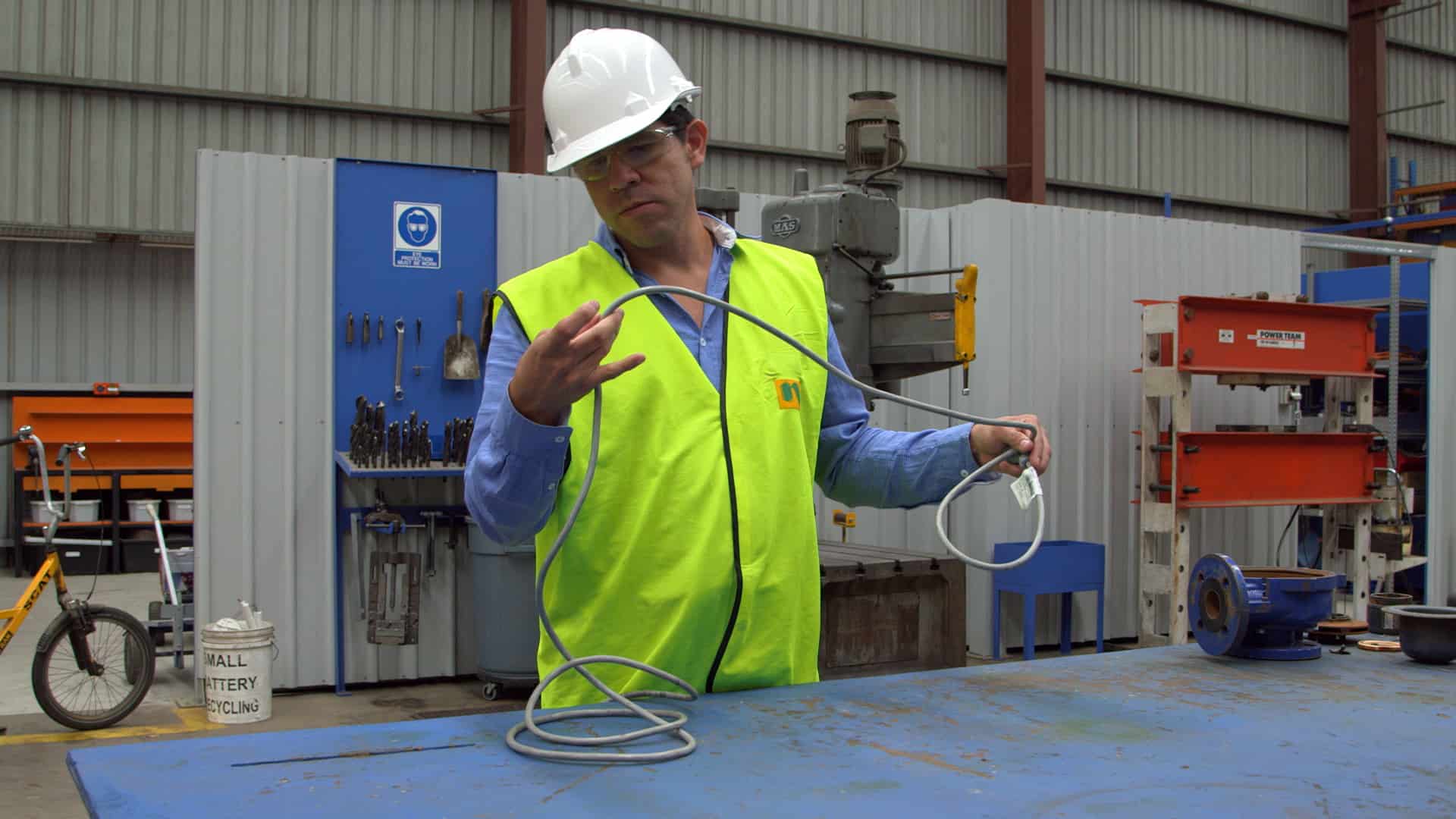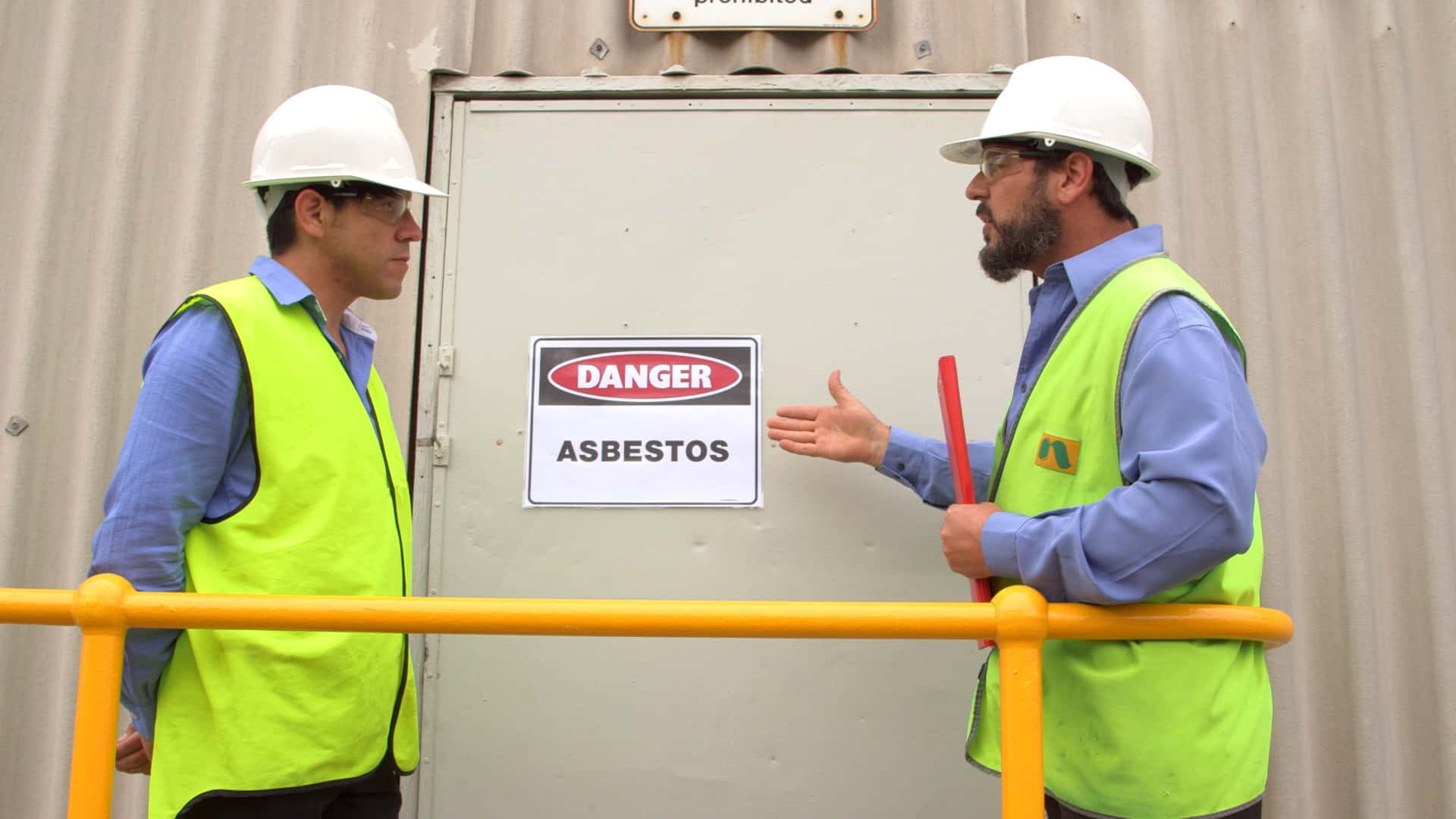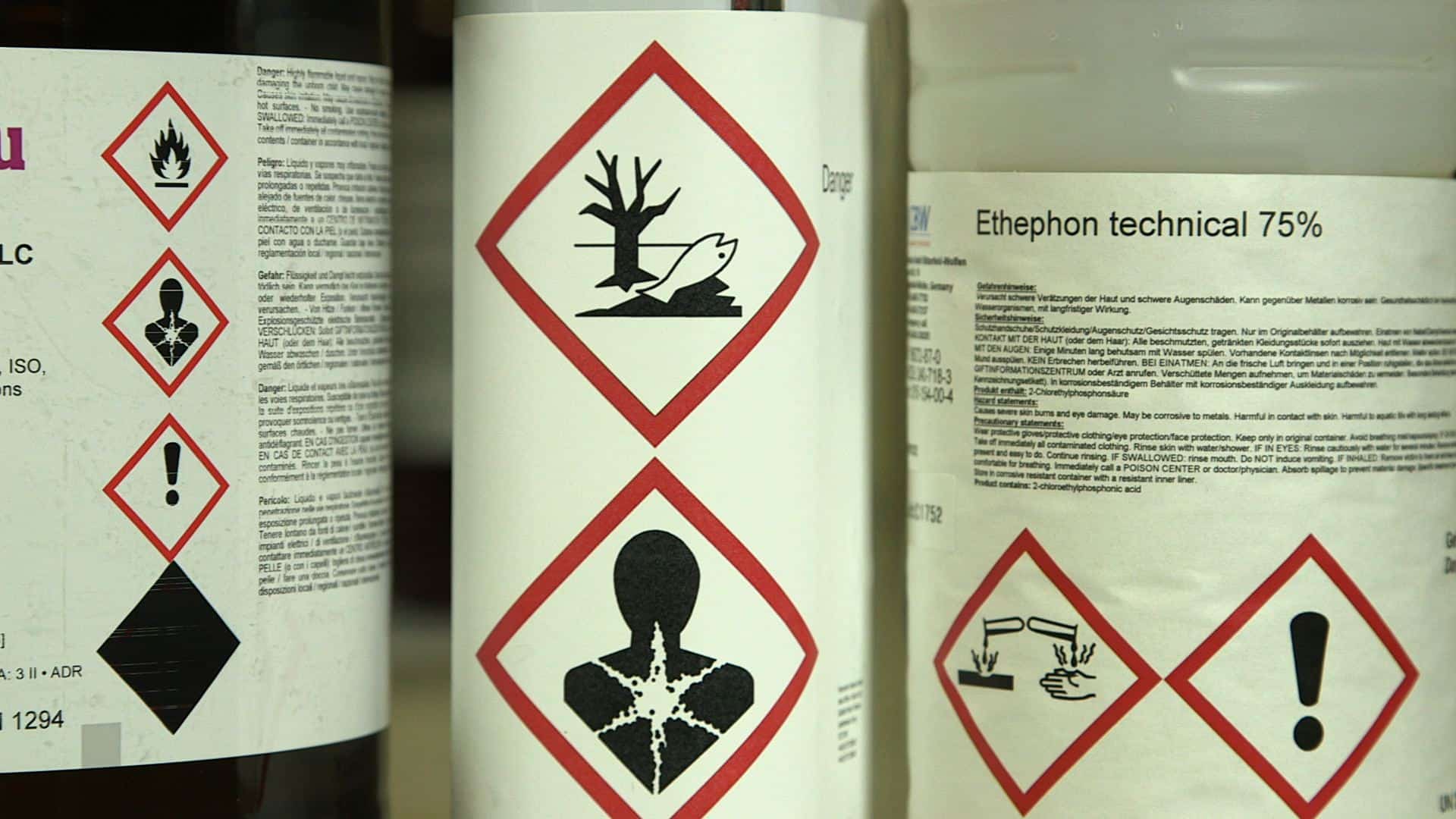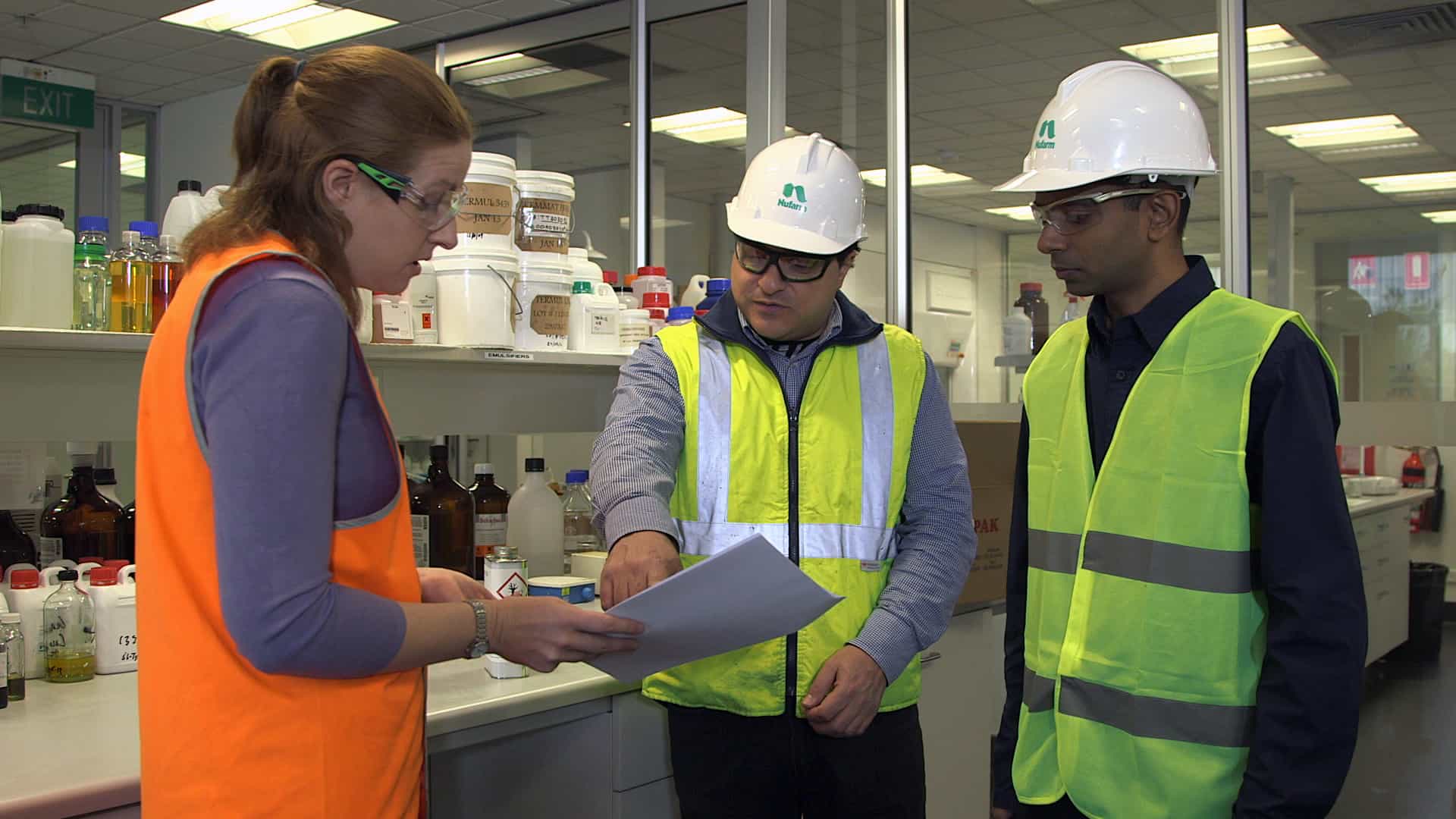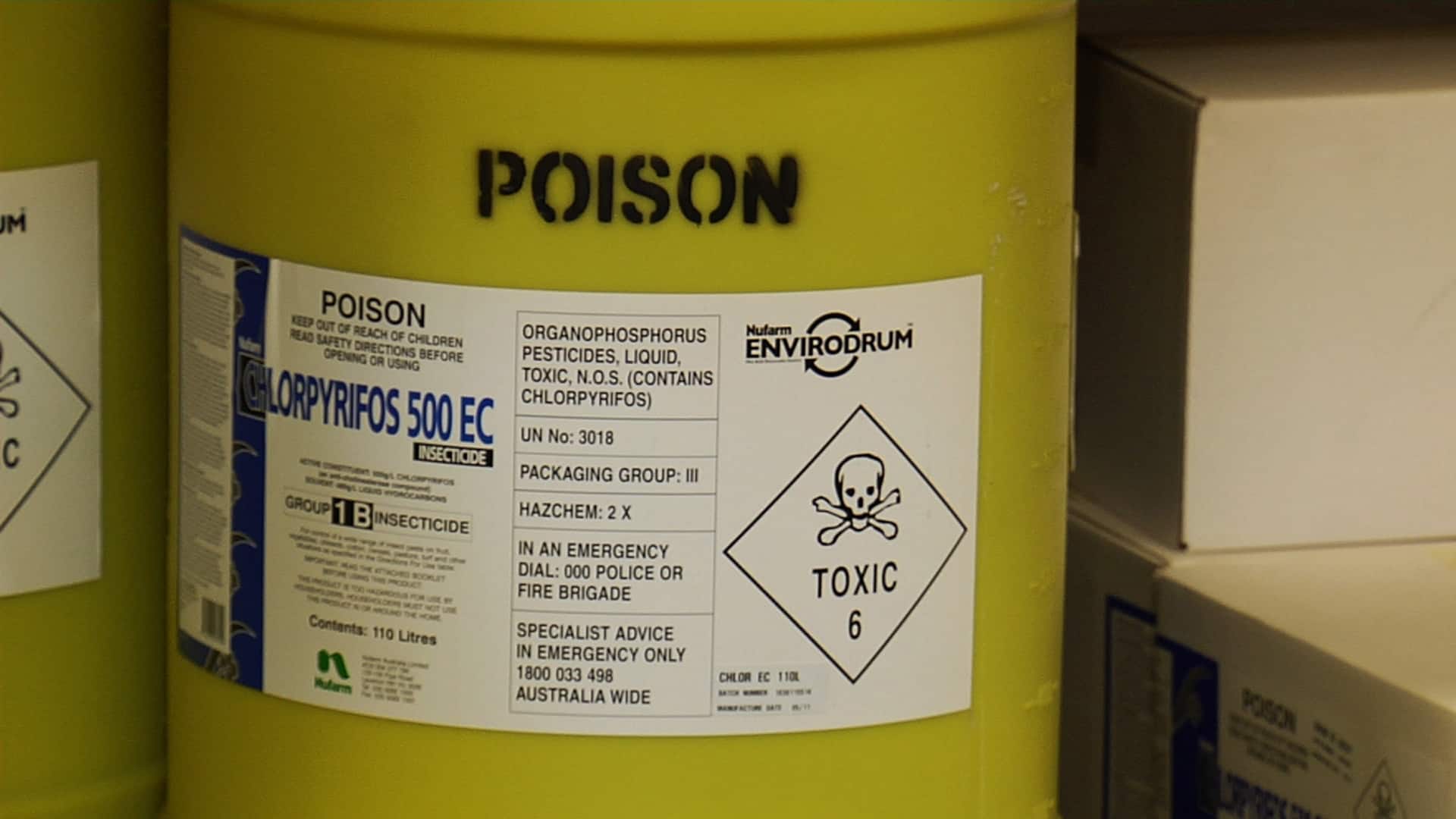Electrical Safety in the Workplace
Basic electrical safety in the workplace
Most workplaces are literally surrounded by a maze of electrical circuits. Cables, conduits and extension cords deliver electricity to plant, equipment appliances and lights.
The vast majority of people know very little about electricity and this lack of knowledge makes it very difficult for people to recognize potential hazards. Without a basic understanding of how electricity behaves and what effects electricity can have on the human body, it is very difficult to understand what we as individuals can or should do, to reduce the risks associated with specific electrical hazards.
Electrical safety in the workplace video:
This program contains the following information:
- Basic facts – definitions and explanations of basic electrical terms.
- Basic rules – states and explains the three basic rules that apply to electricity.
- Rule #1 – Electricity will only travel in a circuit.
- Rule #2 – Electricity will always travel in the path of least resistance.
- Rule #3 – Electricity will always try to travel to the ground.
What is electrical safety?
- Effects of Current on the Human Body – explains what effects different current levels will have on the body. Also explains how the resistance offered by the human body can vary under different circumstances.
- Common Hazards – this section looks at the most common hazards found in the workplace, including overhead power lines and the use of extension cords.
- Hazard Control – this section identifies human error as the number one cause of electrical accidents in the workplace. The section also covers the most common ‘do’s and don’ts’ that apply to electrical safety and finishes with information on the wearing of appropriate personal protective equipment.
Electricity is a convenient, cost effective and surprisingly safe source of energy in every workplace. We should however not become complacent about the potential hazards associated with electricity. Even though there are relatively few accidents associated with electricity, many of the accidents that do happen have serious or devastating results.
Video Running Time:
22 minutes

